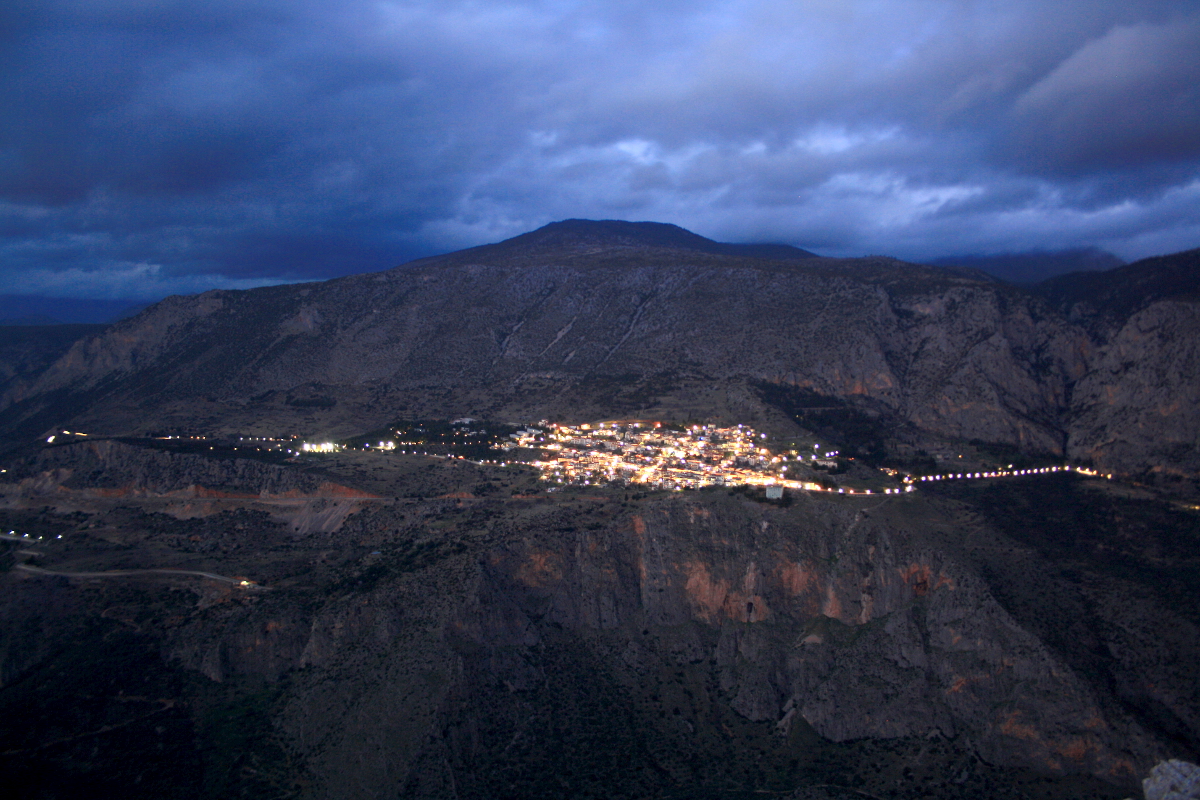The archaeological site of Delphi is an impressive site on the south-western slope of Mount Parnassus overlooking the coastal plain to the south and the valley of Chrisso.
Considerd as the Center of the World (Navel of the Earth), the site is the place of two sanctuaries: the Sanctuary of Apollo and the Sanctuary of Athena. The Apollo’s sanctuary become famous (and grew rich) as the seat of the oracle that was consulted on important decisions throughout the ancient classical world.
Delphi is recognised by UNESCO as a World Heritage Site in having had a phenomenal influence in the Ancient world, as evidenced by the rich monuments built there by most of the important ancient Greek city-states, demonstrating their fundamental Hellenic unity.
The functions of the Oracle of Delphi grew over the centuries to include athletic games and cultural events and Delphic festivals, the most important of which was the Pythian Games which were held every four years in memory of Apollo’s slaying of the Python Dragon.
Excavations started in 1897, have unearthed settlements that date as far back as the Neolithic era. Most of the ruins that survive today are witness to the site’s pinnacle which was reached in the 6th c. B.C., and are testament to the diverse cultural influences that hovered over the sanctuary for a nearly a millennium.
Some of the most prominent edifices on the sacred slopes of Delphi are the temple of Apollo, the ancient theater, the stadium, the sanctuary of Athena Pronaia with the Tholos, the Kastalia spring, and the various treasuries that adorn the sacred way.


